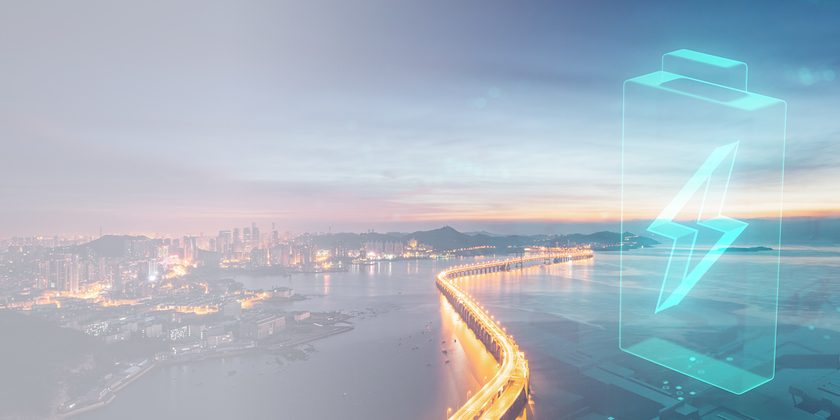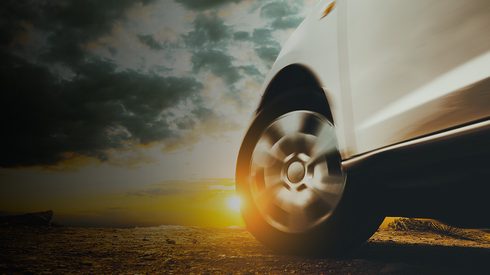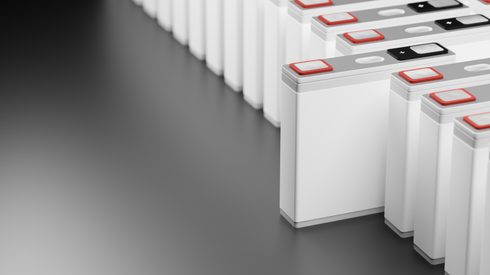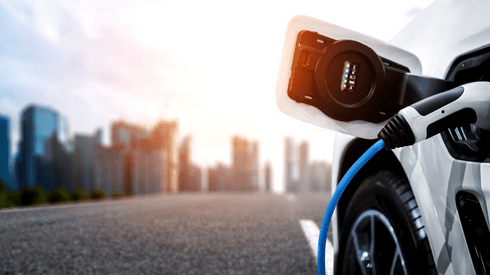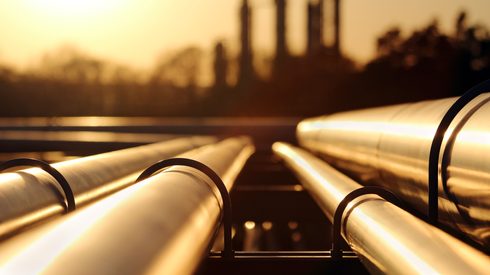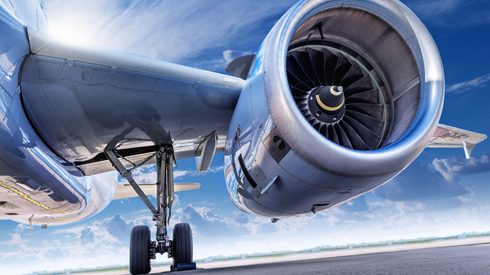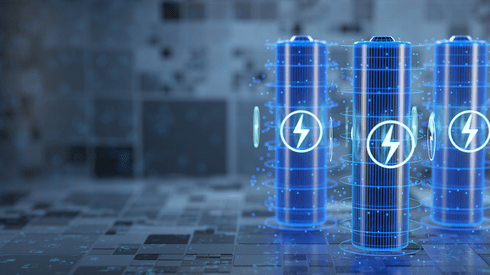“Fastmarkets expects to see processing capacity [of manganese sulfate] outside of China begin to come online from 2025, but demand growth expectations still have the market falling into a deficit by 2028,” Fastmarkets battery raw materials analyst Robert Searle said.
The rollout of high-manganese nickel-cobalt-manganese (NCM) battery chemistries is expected to particularly increase demand and regional market deficits could even emerge sooner than 2028, in particular in the US, Searle said.
Despite higher input costs for non-Chinese manganese sulfate, the introduction of legislation such as the Inflation Reduction Act (IRA) and the EU’s battery directive has provided demand for non-Chinese production.
“IRA regulations in the US aimed at reducing reliance on China in favor of domestic and FTA-linked critical mineral supply will significantly tighten the supply pool for US battery producers in the coming years,” Searle said.
“Significant manganese sulfate processing expansion will be required outside of China to ensure EVs qualify for the full tax credit,” he added.
Supply-demand expectations for battery-grade manganese sulfate, sometimes described as the “forgotten battery raw material,” will be an important topic of discussion at next week’s European Battery Raw Materials Conference, with a presentation and roundtable dedicated to potential future market developments.
Fastmarkets calculates that China was responsible for 89% of manganese sulfate production in 2022.
As with the majority of other battery raw materials whose production is overwhelmingly concentrated in China, geopolitical tensions and new legislative drives towards securing supply chains have seen a crop of new manganese sulfate projects emerge outside of China.
But despite progress, a number of questions loom over the new producers and Western market, relating not only to how demand and supply might shift, but the potential for major price volatility.
Renewed concerns about the environmental, social and governance standards and transparency of Chinese production have proved a boon to non-Chinese producers.
Questions also persist around the effect of the emergence of new battery chemistries such as lithium-manganese-iron phosphate (LMFP) batteries.
“We are seeing significant attention and investment in LMFP technologies with a view to improve the chemistry that holds the greatest market share in the Chinese market,” Searle said in July.
Another potential future development could be the commercial establishment of high lithium, manganese (HLM) cathode active materials (CAM).
Secure your place at the European Battery Raw Materials Conference 2023
Find out more about what’s ahead for the manganese sulfate market and hear actionable insights directly from experts deeply embedded in the market at this year’s European Battery Raw Materials Conference 2023.
Secure your place today

